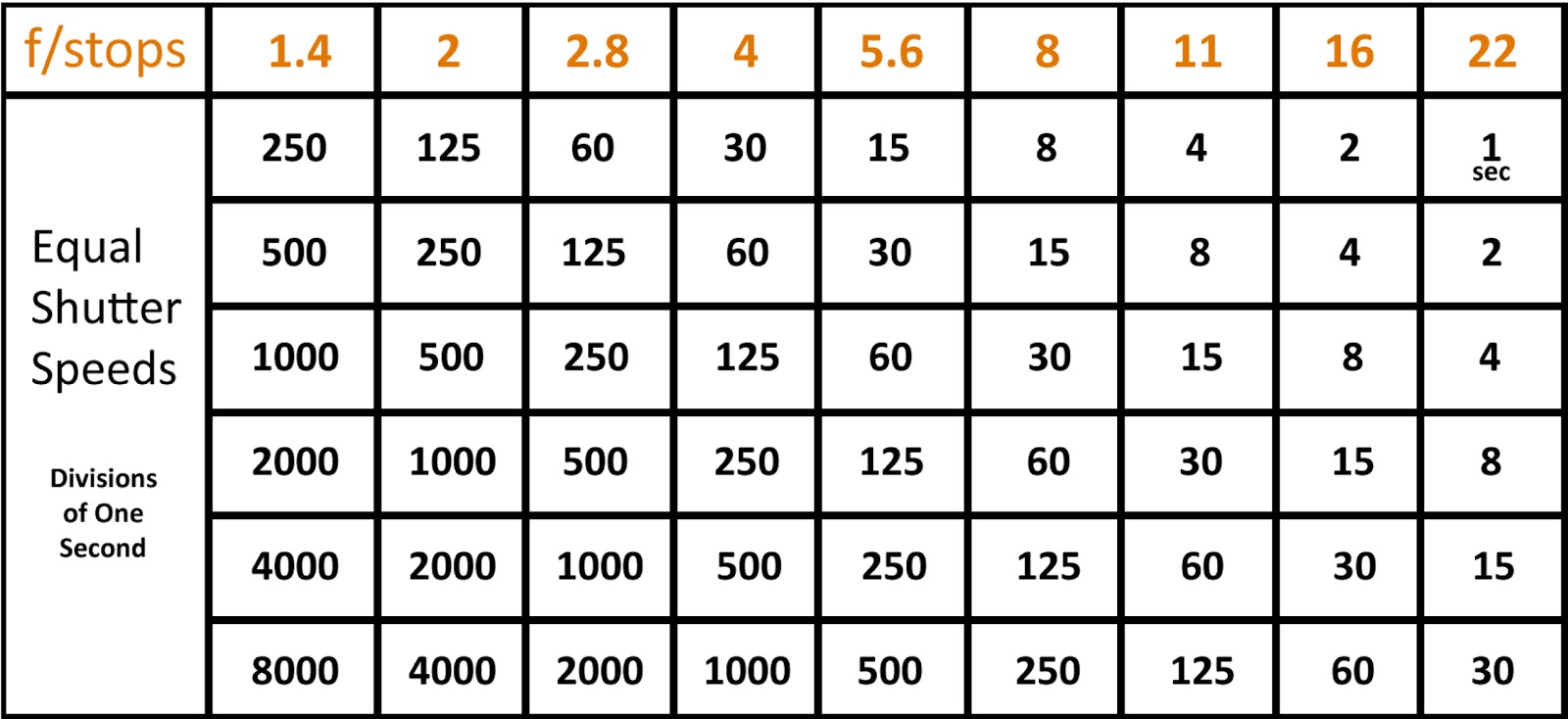
Using varying shutter speeds the photographer can add “interestingness” to the photo by showing movement in a still picture. When different elements in the composition move during the exposure, such as:Įach pixel will show the average of the color and light collected during the exposure time. Once this exposure time has elapsed, the shutter closes and the sensor is no longer exposed to light. This is known as a 2 second exposure time. Shutter speed controls the exposure time.įor example, a shutter speed of 2 seconds, exposes the image sensor to light for 2 seconds. Mirrorless cameras do not. Other than this fact shutter speed works in the same manner for both. Technical Note: DSLR cameras have a physical shutter. When you push the shutter button to take an image, the shutter opens and the sensor is exposed to light for the amount of time denoted by the shutter speed setting. When the shutter (door) is open the sensor starts collecting light information from the scene.When the shutter (door) is closed, the sensor does not collect light information from the scene.Think of a camera shutter as a door, inside the camera body, that covers the camera sensor. This is also a factor in determining image brightness. Shutter speed controls the length of time the sensor is exposed to light from the scene. The camera sensor collects & records light information about the scene being photographed. Values less than 1 are for a focal reduce and greater than 1 for a teleconverter.To create an image, light passes through the lens aperture where it’s exposed to the camera sensor. 📷 If you want to use a focal reducer to teleconverter lens attachment, input the adaptor's magnification. So the aperture f-stop to get the same depth of field would need to be f/2.6. To calculate the f-stop needed it does 4 / 1.53 = 2.61 = f/2.6.The calculator will then do the calculation 50 / 1.53 = 32.68 = 33 mm, meaning you would need a lens with a focal length of 33 mm, so the image is equivalent to one formed with a 50 mm full-frame lens.Go to the second section, "35mm full-frame equivalents", and input a focal length of 50 mm and an f-stop of 4.Now the calculator is an APS-C focal length calculator. Select the Sony APS-C crop factor with a value of 1.53x from the list of sensor sizes.You have an APS-C camera with a crop factor of 1.53x (a super 35 crop factor), and you want to buy a lens that will give the same image as a 50mm f/4 full-frame lens. Let's look at a common problem when choosing lenses for crop sensor cameras. The calculator will apply the crop factor and tell you the focal length and f-stop in terms of 35mm full-frame equivalents.Īs with most Omni calculators, it also works backward. You can then input the focal length of your camera's lens and the aperture f-stop you are interested in using. An example image will appear when you do this, showing how much smaller or larger your sensor is compared to the standard full-frame sensor. The first thing to do is to select your camera's sensor size from the list of sensor sizes. We can see how lenses designed for full-frame digital sensors or 35mm film will produce images on different sized sensors when we know the crop factor.

These cameras have sensors or film larger than the 35mm full-frame size, so the crop factor is less than 1.

You can also get medium and large format cameras, which our crop factor calculator also supports.
F STOP LIST FULL
Nikon DX, Sony α DTģ5mm full frame - Canon EF, Nikon FX, Sony α, FE-Mount Nikon 1/CX, Sony RX100-series & RX10ĪPS-C - General, e.g. Name and camera typeġ/2.5" - superzoom and point-and-shoot camerasĢ/3" - e.g. Here is a list of common crop sensor sizes and their respective crop factors. diag sensor is the diagonal length of the sensor.diag 35mm is the diagonal length of 35mm film and.

To accommodate different aspect ratios of sensors, it is defined as the ratio of the diagonal length of the 35mm sensor to that of the crop sensor: CF = diag 35mm / diag sensor The crop factor compares the image sensor sizes to the full-frame sensor size.


 0 kommentar(er)
0 kommentar(er)
